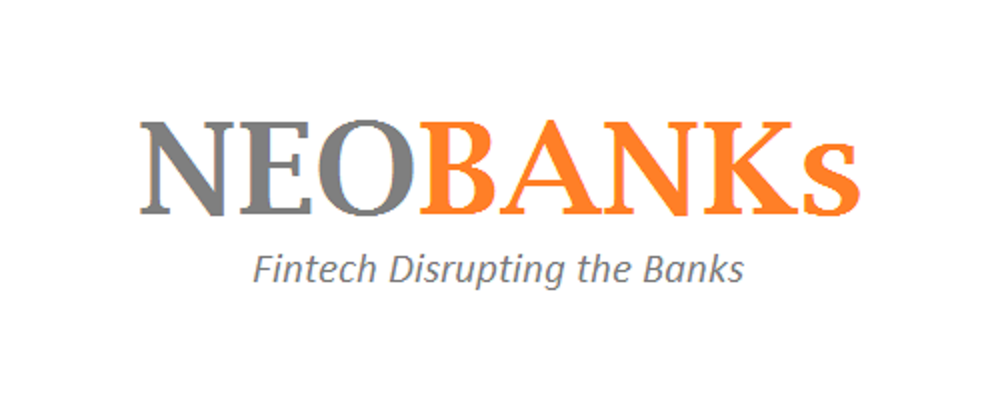
By Bryan Yurcan, Reporter for The Financial Brand
There are currently hundreds of digital-only neobanks around the world, but even some of the most well known are struggling. Experts say there will be a thinning of the herd over the next 12 months, and those that survive will be ones that diversify their offerings.
According to one tally, there were around 250 neobanks in the world as of August 2022. How many might be there a year later remains to be seen.
Like their brethren in the buy now, pay later space, the past several years has seen a wave of neobanks enter the market accompanied by a seemingly never-ending hype cycle. Now, it seems as if many may not survive into the future.
Even the most well-known and established neobanks are dealing with headwinds. Varo Bank laid off around 10% of its workforce in July. Starling Bank pulled its application for a banking license in Ireland. Revolut last month saw a glut of resignations in its risk and compliance department. MoneyLion is facing investor skepticism as it burns through cash, the Financial Times reports. BNPL platforms Affirm, Klarna and Robinhood have all seen their valuations crater in recent months.
Still, it’s not all bad news. Starling, for example, despite its pullback from Ireland, posted its first annual profit, becoming part of an exclusive club of neobanks to achieve profitability. It’s clear that when the dust settles, there will be winners and losers among the current crop of digital neobanks.
The neobanks that offer a truly differentiated value proposition for their target customer and have, as a result, established a sticky consumer habit that can be monetized are in solid positions to survive going forward, says David Brear, CEO and Co-Founder of consulting firm 11:FS.
“I’d bet on those that have some sort of connection to their customers’ payroll,” he adds. “If they hold on to their base, manage tightly, and enable their ‘digital native’ advantage to more efficiently achieve profitability over time, the continuing evolution of fintech will make it easier and more cost-effective for them to extend the loyalty they have today into more revenue-generating activities in the future.”
Indeed, there could be a “thinning of the herd” for many neobanks that don’t differentiate themselves over the next 6-12 months.
“Most neobanks, in the U.S. or otherwise, built business models that are highly dependent on interchange income,” says Jason Mikula, publisher of Fintech Business Weekly newsletter. “Even in the U.S., where interchange is significantly higher than other markets, that model looks dubious. Neobanks that have developed a meaningful lending franchise have fared better — SoFI, in the U.S., and Starling, in the U.K., for example.”
Jason Henrichs, CEO of Alloy Labs, a fintech/bank innovation lab that invests in fintechs, likewise agrees that too many neobanks “are highly dependent, or totally dependent, on interchange fees.”
Part of what will determine who those winners and losers will be is which firms can continue to gain access to increasingly dwindling venture capital funding. Global fintech funding fell by 23% in Q2 2022, according to CB Insights data. This represented “the biggest quarterly percentage drop in funding in nearly a decade,” according to the firm.
The decline was prevalent in all geographical regions, with funding in the U.S falling by 25% to post the country’s lowest quarterly funding amount since 2020. Exit activity also fell by 16% during Q2, meaning less fintech firms were in a financial position to go public or were less appealing to potential buyers.
With VCs tightening the grip on their purse strings, the funding squeeze has begun to put pressure on neobanks around the world, says Mikula.
“You’ve begun to see neobanks exit certain markets (like N26 in the U.S., Revolut in Canada, or Bnext in Mexico) and some outright failures (Ahead Money in the U.S., Xinja in Australia, and Dozens in the U.K.),” he adds.
The full article here
Banking 4.0 – „how was the experience for you”
„To be honest I think that Sinaia, your conference, is much better then Davos.”
Many more interesting quotes in the video below: